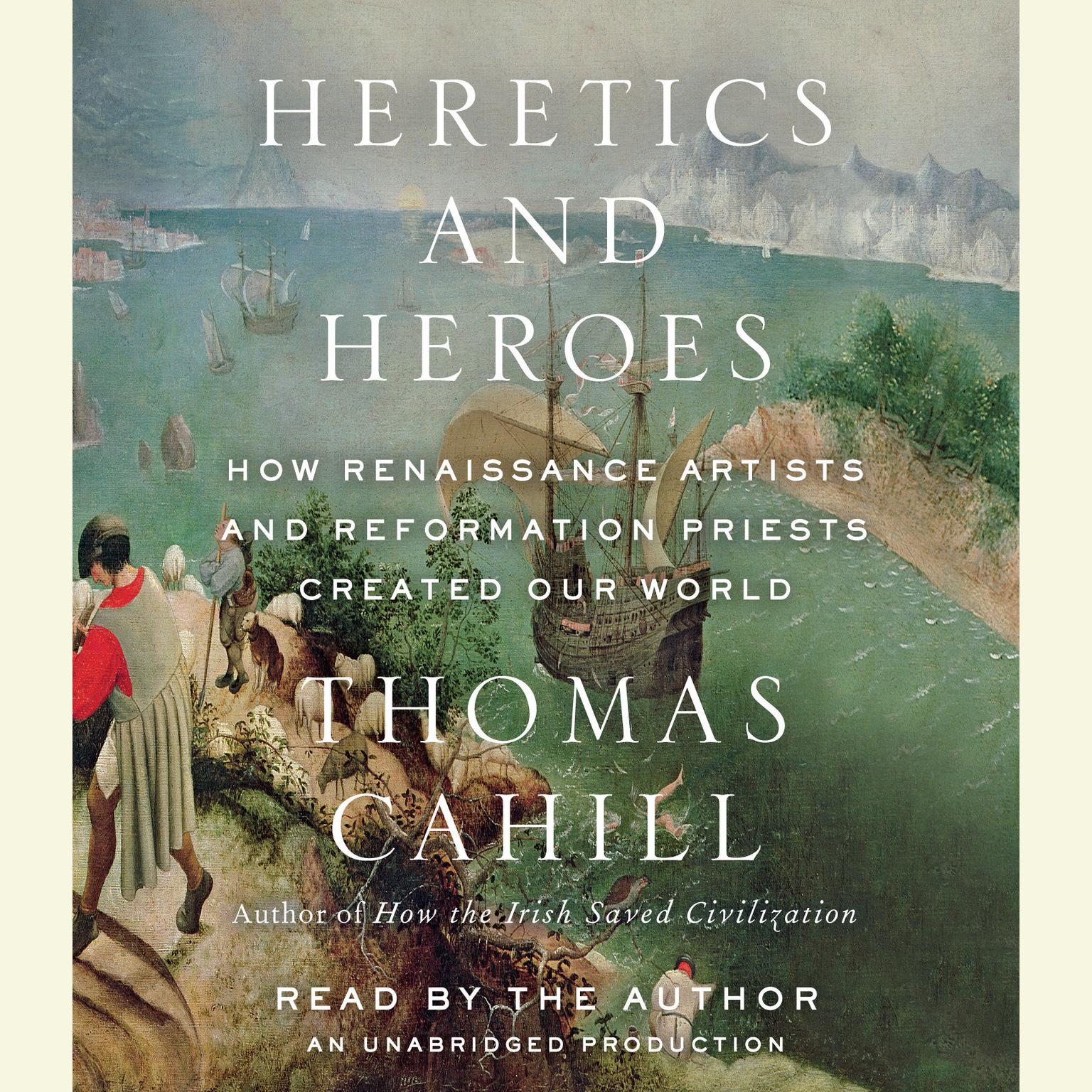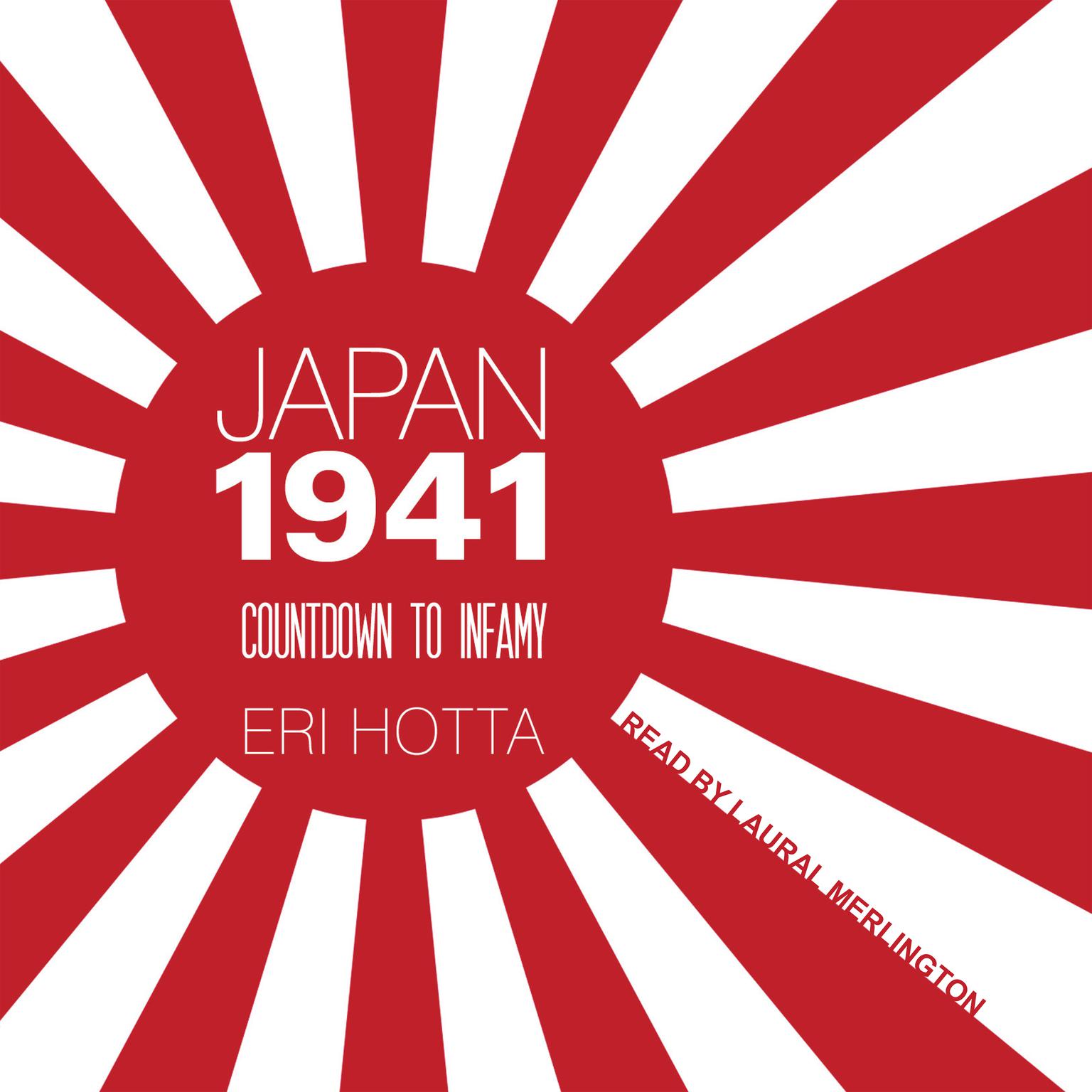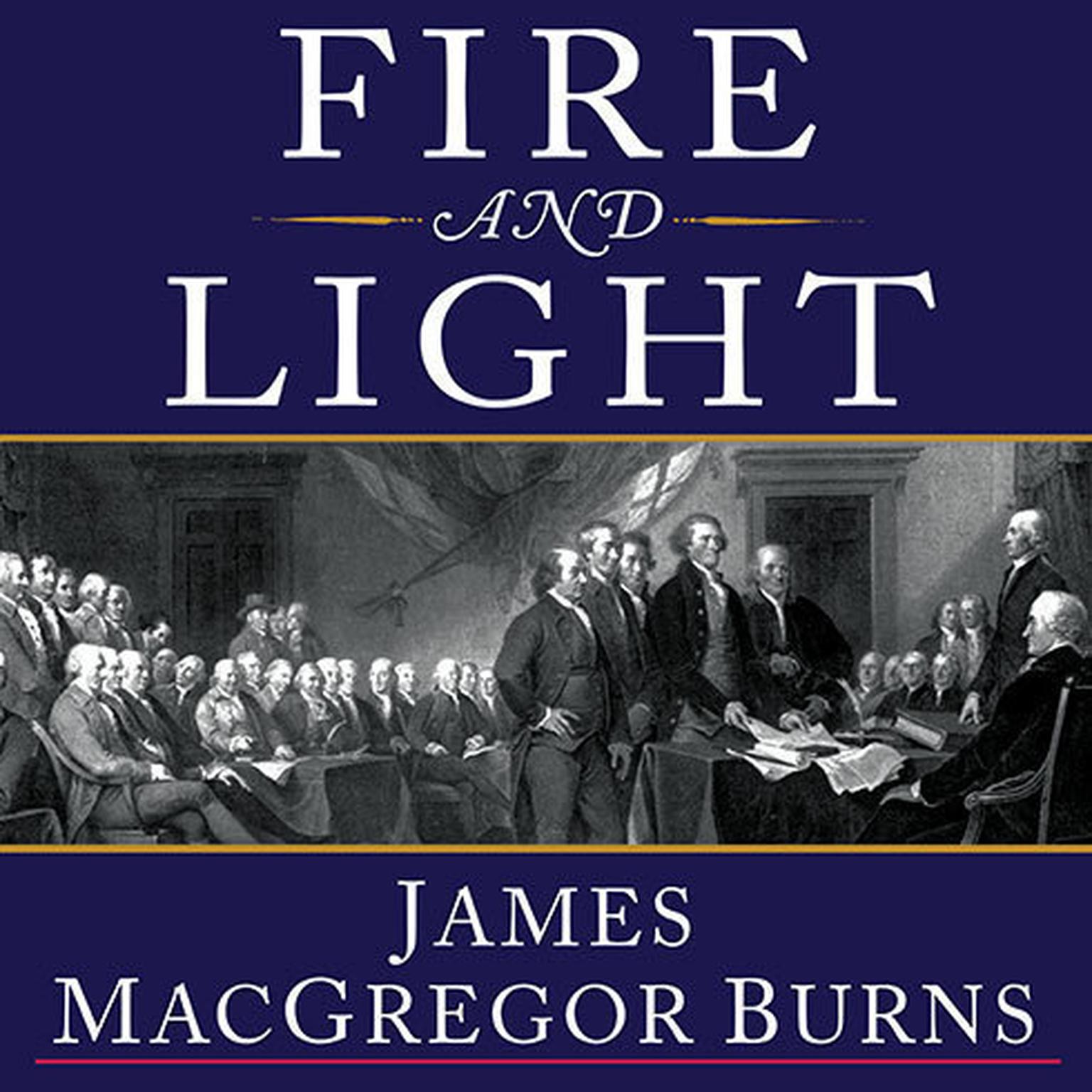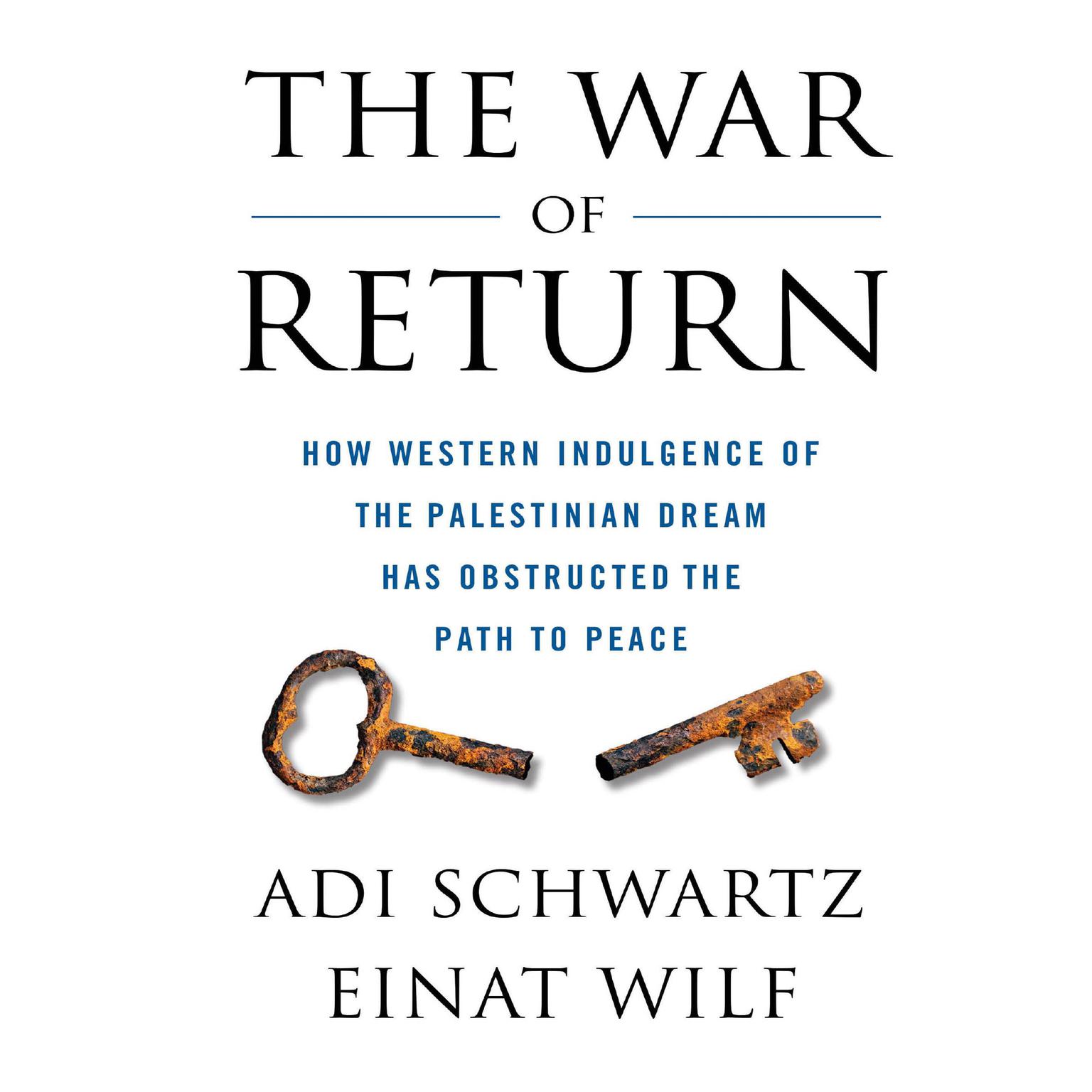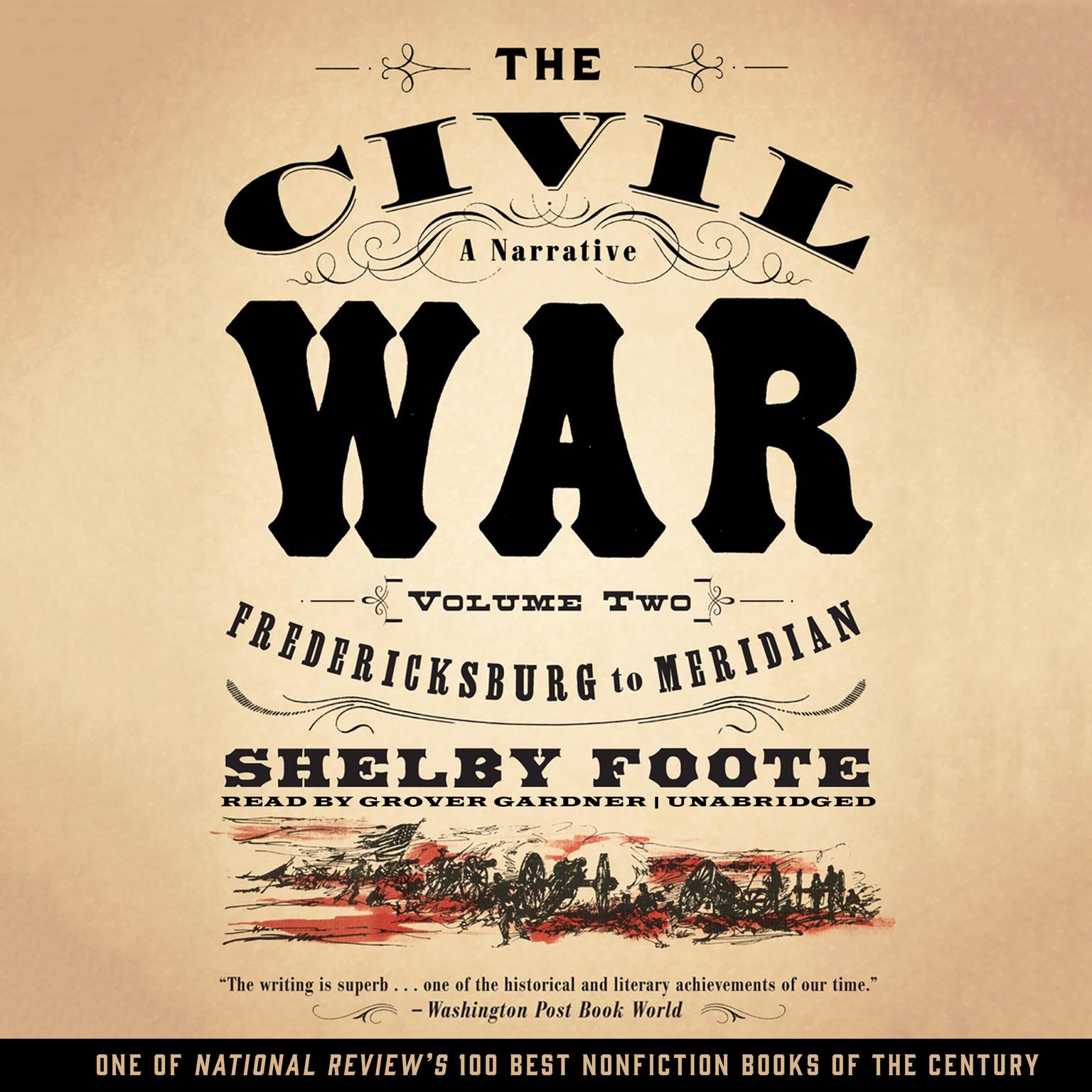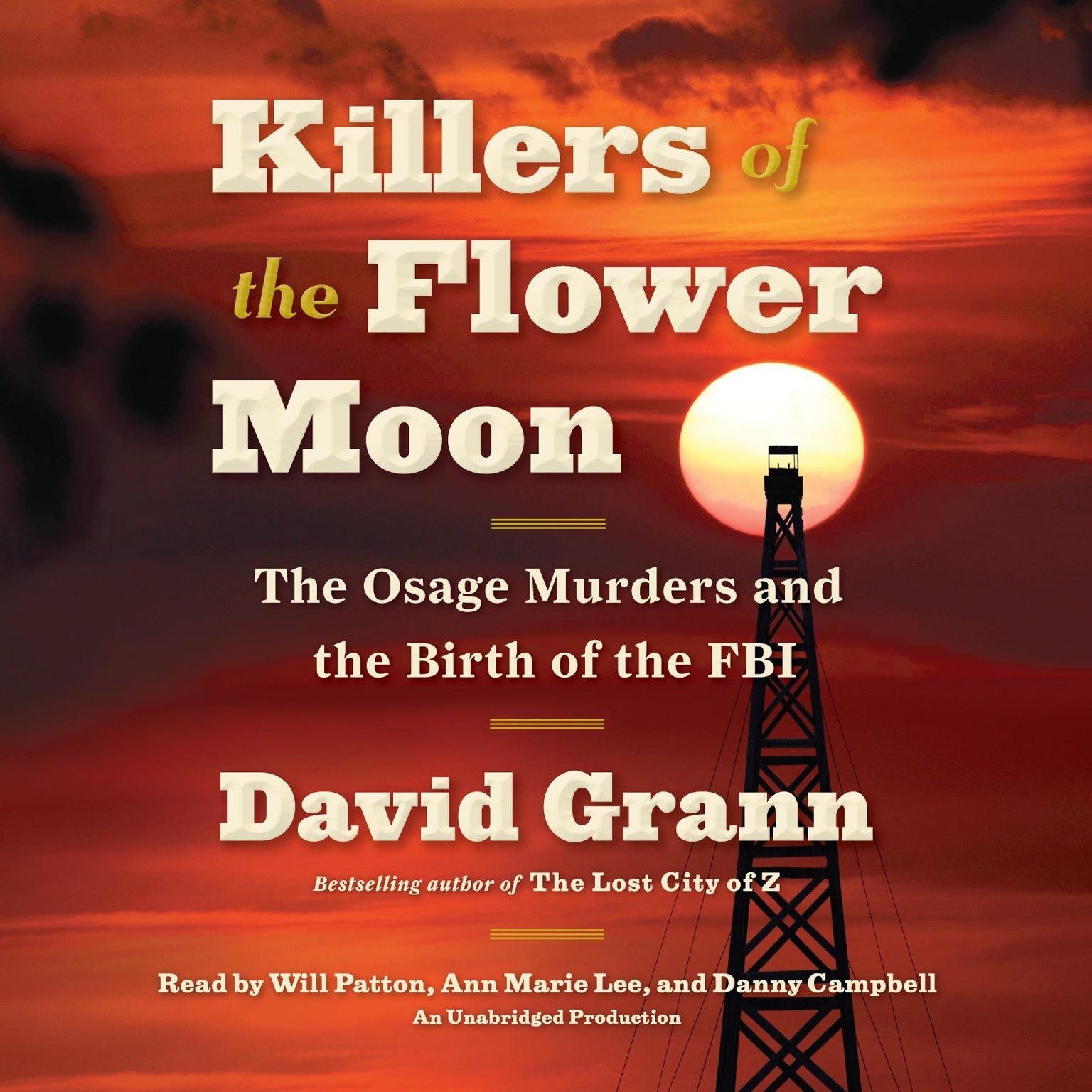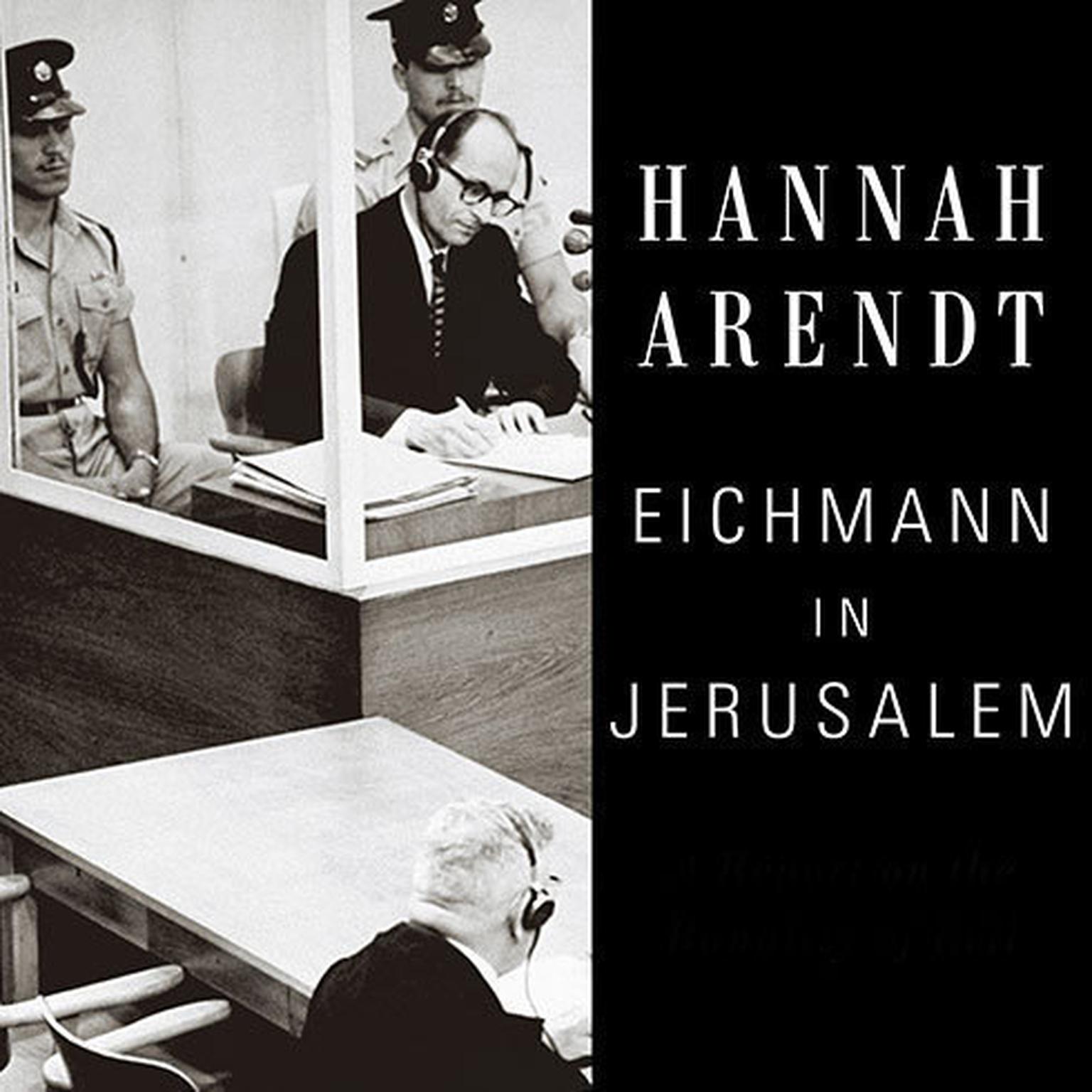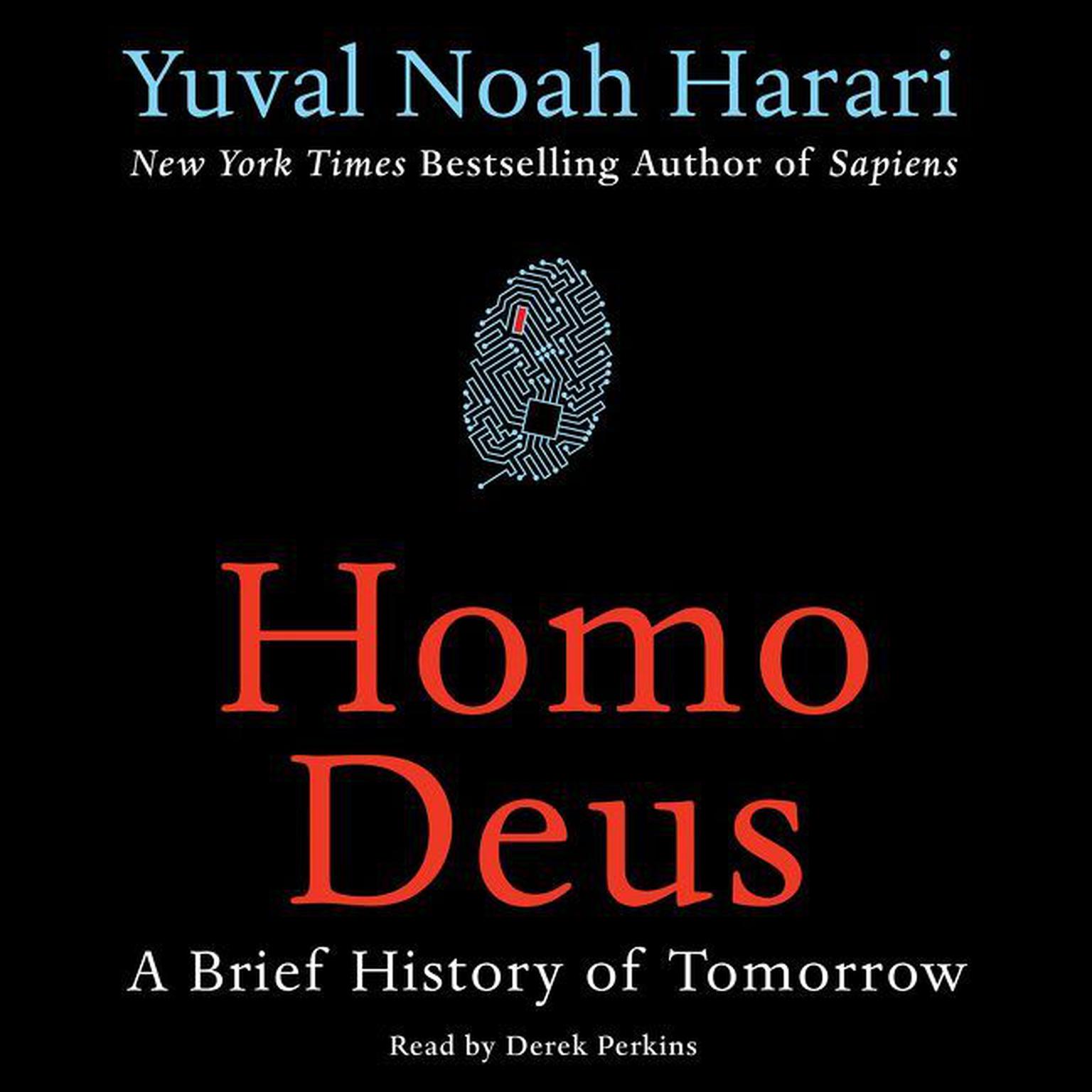Publisher Description
From the inimitable bestselling author Thomas Cahill, another popular history—this one focusing on how the innovations of the Renaissance and the Reformation changed the Western world. A truly revolutionary book.
In Volume VI of his acclaimed Hinges of History series, Thomas Cahill guides us through the thrilling period of the Renaissance and the Reformation (the late fourteenth to the early seventeenth century), so full of innovation and cultural change that the Western world would not experience its like again until the twentieth century. Beginning with the continent-wide disaster of the Black Death, Cahill traces the many developments in European thought and experience that served both the new humanism of the Renaissance and the seemingly abrupt religious alterations of the increasingly radical Reformation. This is an age of the most sublime artistic and scientific adventure, but also of newly powerful princes and armies and of newly found courage, as many thousands refuse to bow their heads to the religious pieties of the past. It is an era of just-discovered continents and previously unknown peoples. More than anything, it is a time of individuality in which a whole culture must achieve a new balance if the West is to continue.
Download and start listening now!
It’s hard to imagine a more palpable or engaging history of venal popes and the horrific torture and burning of heretics in the 1500s than Thomas Cahill’s Heretics and Heroes, the sixth in his Hinges of History Series. Cahill is our king of popular historians, and rightly so. He is eminently learned and wise, fluent in several languages, and opinionated and unsparing in his view of history. . . . In a little over 300 pages, Cahill encapsulates several dozen major artistic, political and ecclesiastical figures across a spread of several centuries. He touches on so many subjects, is so knowledgeable on everything he touches on, is so pithy and sharp, it doesn’t matter if you know a little, a lot or nothing at all about Renaissance art or Northern Europe’s rocky break from Catholic Rome. Cahill, you feel, would be the ideal dinner or driving companion. In spirit and in narrative strategy, he’s the modern equivalent of popular journalist-historians like John Hersey, Jim Bishop and Walter Lord, who brought factual insight into events blanketed by popular myth.
—
The Dallas Morning News
